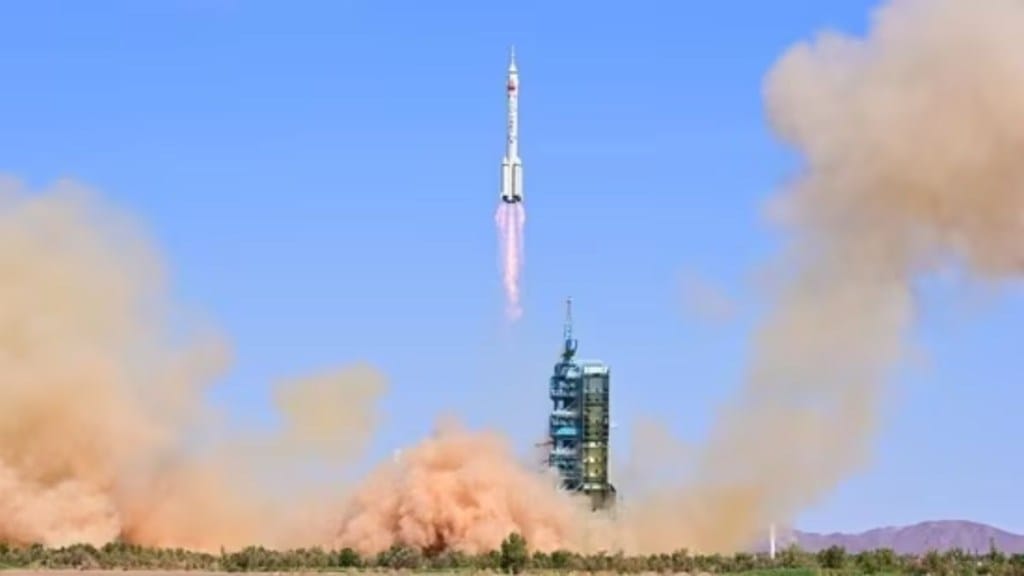China’s upcoming lunar mission, Chang’e-6, is scheduled for around 2024 and is designed to explore the far side of the moon, specifically the South Pole-Aitken Basin, which is of significant scientific interest due to its age and lunar landforms.
This mission aims to collect lunar samples from different regions and ages on the moon’s far side. In an effort to promote international cooperation, the Chang’e-6 mission will carry payloads and satellite projects from various countries and regions.
According to the China National Space Administration (CNSA), the lunar mission, Chang’e-6, is currently undergoing research and development work as planned.
China promotes international cooperation in space exploration
According to a statement from CNSA, the Chang’e-6 mission will carry payloads and satellite projects from different countries and regions – the European Space Agency’s negative ion detector, Italy’s laser retroreflector, France’s DORN radon detection instrument, and Pakistan’s CubeSat. A CubeSat is a miniaturised satellite from Pakistan.
This collaboration signifies a growing partnership between China and Pakistan in the field of space exploration. Earlier, Pakistan sent seeds to China’s space station, Tiangong, for research on environmentally tolerant seeds.
Pakistan is also exploring the possibility of formal agreements to join both the Tiangong space station and the more ambitious China-led lunar base on the South Pole of the moon.
China’s newly developed relay satellite – Queqiao-2
To support communication between the moon’s far side and Earth, China plans to launch its newly developed relay satellite, Queqiao-2 (also known as Magpie Bridge-2), in the first half of 2024.
This satellite will play a crucial role in enabling communication and data transmission for the Chang’e-6 mission and other lunar missions on the far side of the moon.
The far side of the moon, often referred to as the “dark side of the Moon,” remains relatively unexplored, making these missions and collaborations significant for advancing our understanding of lunar science.

